Unveiling the Wonders of Nature: Notable Discoveries from TRCA’s Environmental Monitoring Team – PART TWO!
For more than two decades, biologists at Toronto and Region Conservation Authority (TRCA) have been diligently cataloging and observing the diverse array of species inhabiting our regional forests, wetlands, and meadows.
These dedicated experts meticulously document details about the various inhabitants – including plants, birds, frogs, mammals, butterflies, and unique vegetation communities – that call these natural spaces home.
The information they gather serves as a valuable window into the overall health of biodiversity in our region.
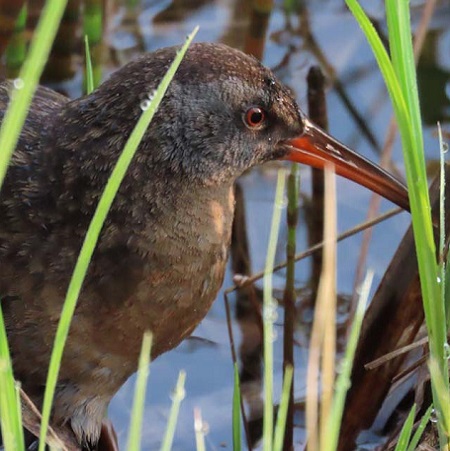

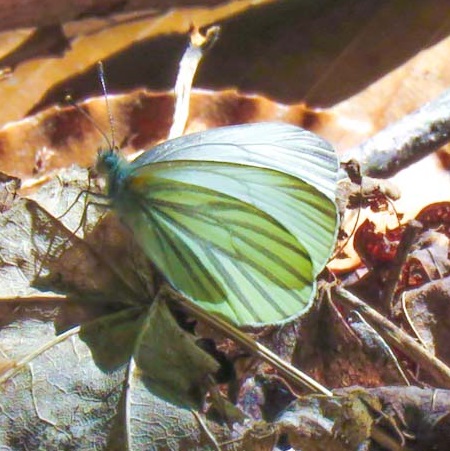
With each passing year, the depth of data increases, allowing us to provide increasingly accurate insights into the long-term trends and changes occurring across the local landscape.
Every year, we make new discoveries. In this two-part series of posts, we delve into 2023’s most captivating field stories from Toronto and surrounding regions.
Today, let’s talk flora!
ROCK-CRESS MUSTARDS: SICKLEPOD (Borodinia canadensis) and HAIRY ROCK-CRESS (Arabis pycnocarpa)
In the heart of Rouge National Urban Park, we’ve uncovered two remarkable rock-cress mustards: sicklepod and hairy rock-cress (shown in the photo below).
While they may not boast the flamboyance of other showy plants, their significance lies in their exclusivity to this unique park.
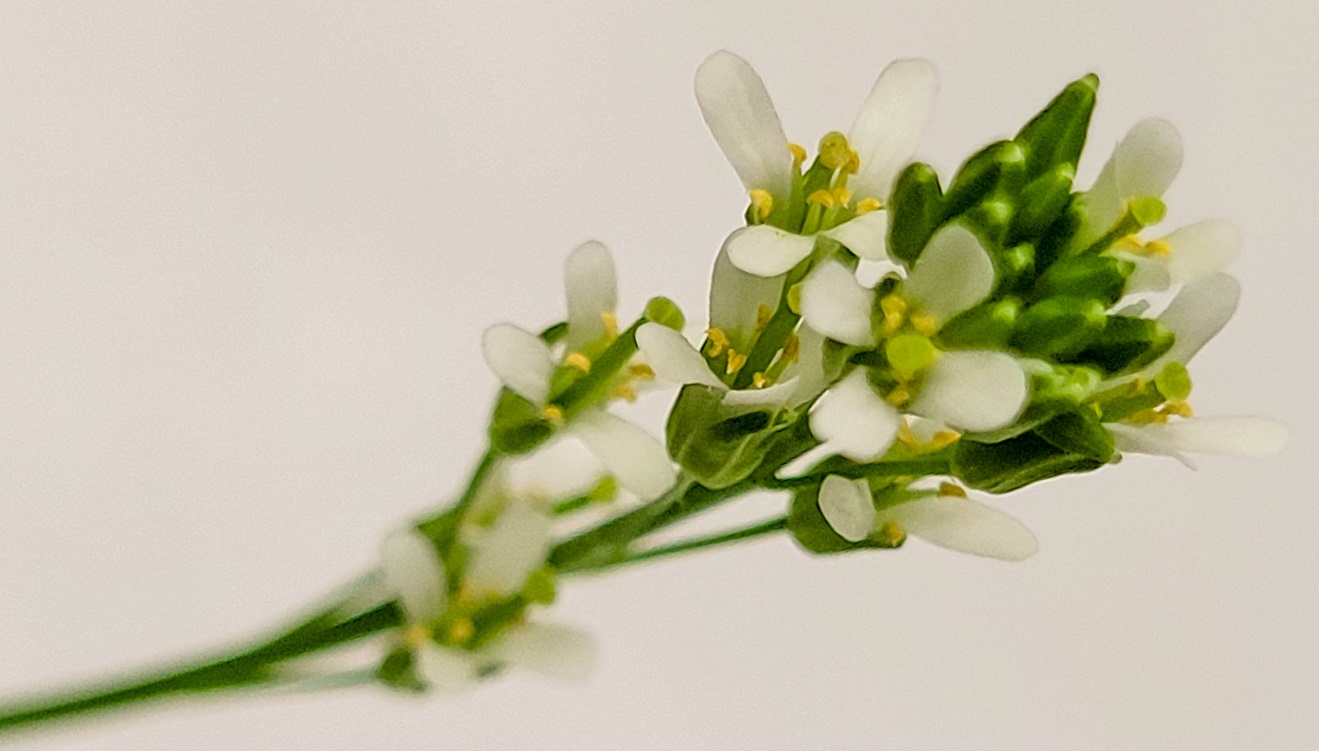
These resilient plants are native to dry forests and oak savannahs, but face potential threats from deer browsing and invasive species.
Sicklepod marks its return after last being spotted in 2014, while hairy rock-cress – thought to have become locally extinct in TRCA’s jurisdiction – reappears after almost four decades.
Both plants can be difficult to spot, so it’s possible they may occur in higher numbers than reported.
GENTIANS: BOTTLE GENTIAN (Gentiana andrewsii) and FRINGED GENTIAN (Gentianopsis crinite)
In the natural cover around Whitevale Corridor and Altona Forest, we unveil a delightful secret: the enduring presence of bottle gentian (shown in the photo below) and fringed gentian.

Adorned with stunning blue flowers in early autumn, these Regional Species of Conservation Concern thrive in moist wetlands with little competition.
They have only been documented in 12% of the area monitored across TRCA’s jurisdiction.
SHOWY LADY’S SLIPPER (Cypripedium reginae)
Amid the changing landscape around Altona Forest, the majestic showy lady’s slipper continues to persevere here. Scattered across three or four locations a decade ago, it now can be found at just one site.
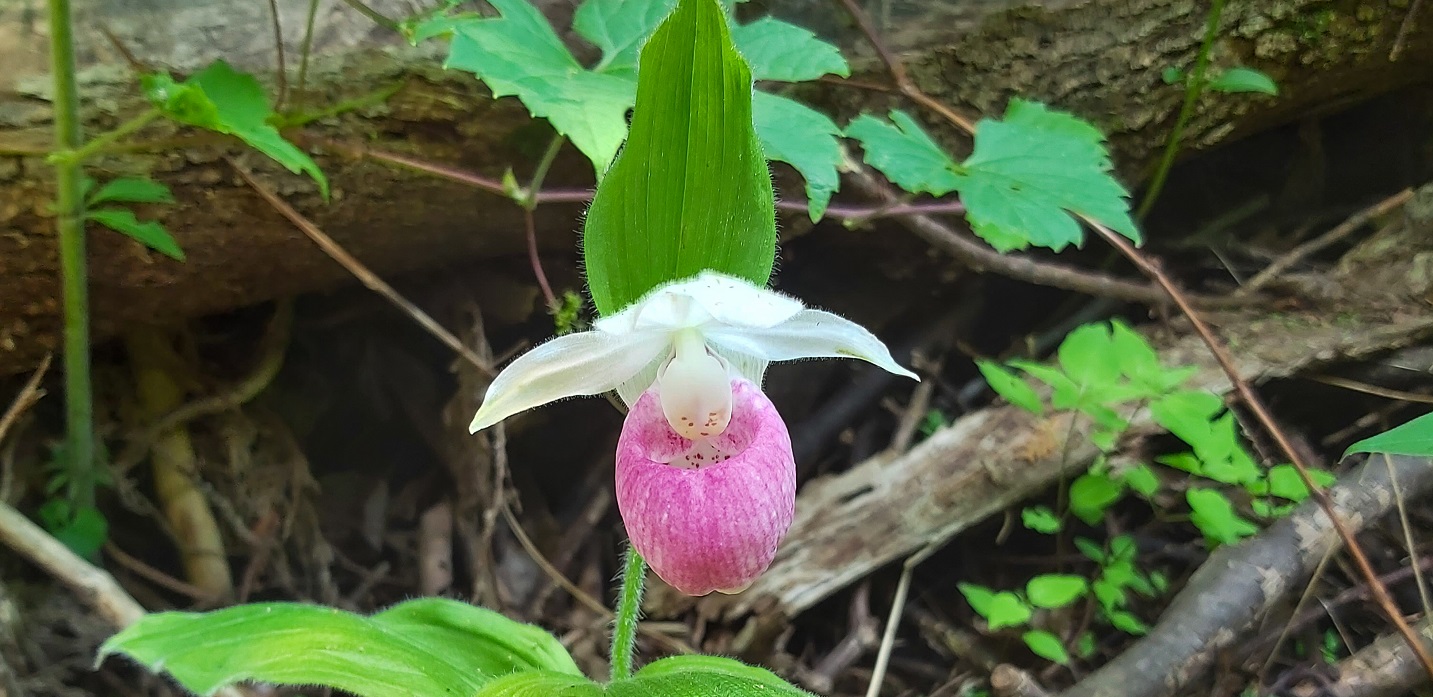
Challenges such as other invasive plants and the devastating Emerald Ash Borer have taken their toll.
Ranked a Regional Species of Conservation Concern, the showy lady’s slipper has only been documented in 27% of the area monitored across TRCA’s jurisdiction.
Nevertheless, our discovery of two thriving plants offers hope. With proper site management, this spectacular swamp-dwelling orchid could reclaim its former glory.
NORTHERN BEECH FERN (Phegopteris connectilis)
Within a white spruce plantation in the Nashville Conservation Reserve, a remarkable discovery: a thriving population of the northern beech fern, a Regional Species of Conservation Concern.
An uncommon and localized species within TRCA’s jurisdiction, the northern beech fern typically prefers moist soil rich in organic matter, often found in high quality forests and swamps.
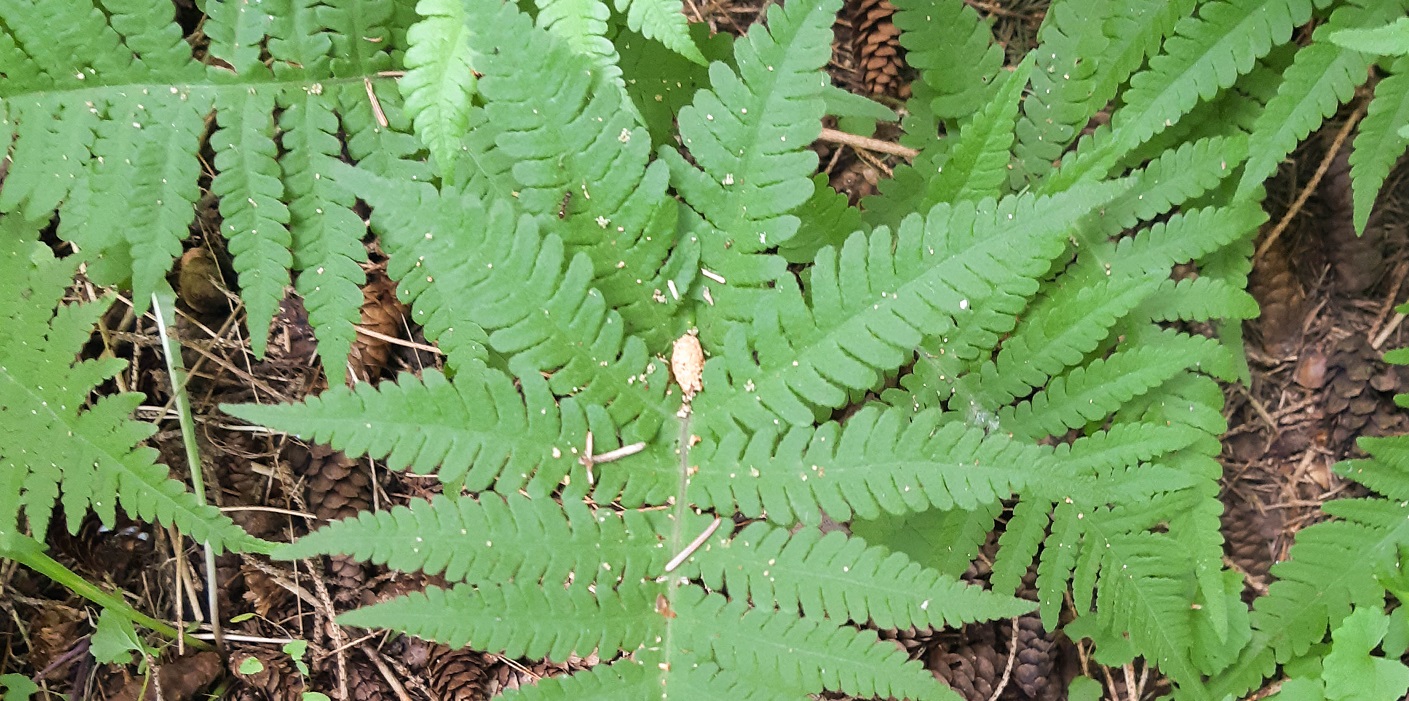
What makes this find extraordinary is its thriving presence within a mid-aged spruce plantation, an environment not known for hosting many understory species, particularly sensitive ones.
The presence of this species signals the plantation’s journey towards becoming a fully functioning forest.
PINK PYROLA (Pyrola asarifolia)
A rarity within TRCA’s jurisdiction! This elusive species relies on a unique symbiotic relationship with specific fungi in the soil for germination, limiting its presence to specific habitats.
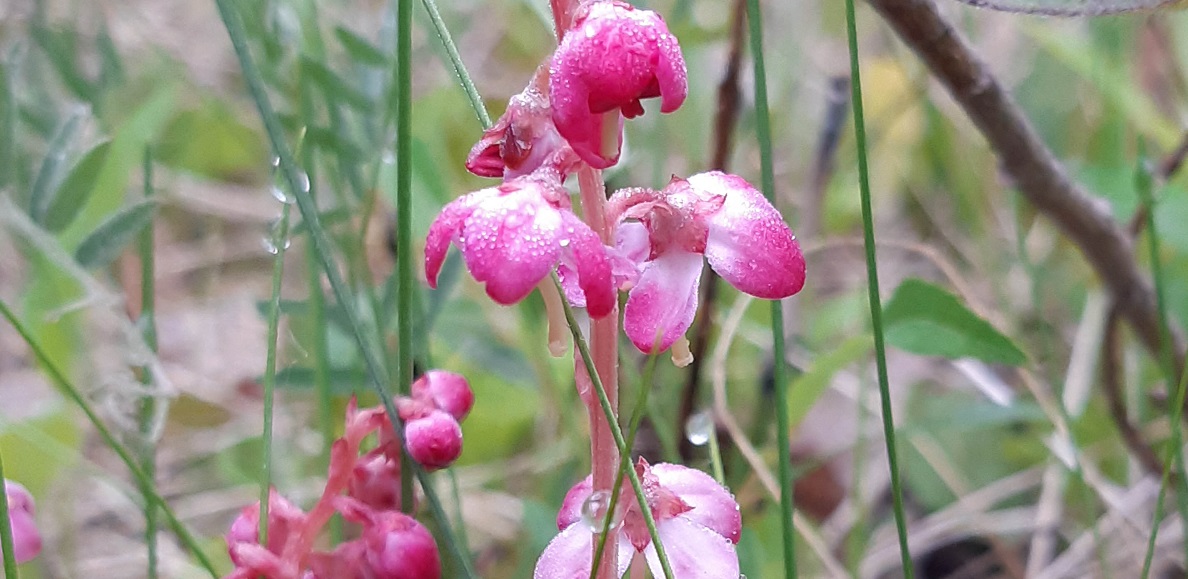
The pink pyrola thrives in moist, sandy soil, often alongside white cedar, earning its other name “bog wintergreen”.
Its presence signals a healthy fungal community in the soil – a crucial foundation for many native plant communities.
SELKIRK’S VIOLET (Viola selkirkii)
Also known as the “great-spurred violet”, Selkirk’s violet typically thrives in cool, moist, coniferous forests with abundant organic matter in the soil.
Within TRCA’s jurisdiction this plant is primarily found in mature to nearly old-growth hemlock forests such as the floodplain forest in the Nashville Conservation Reserve.

The individual pictured above was found in a population numbering in the hundreds. Healthy populations of violets often indicate thriving ant communities, as ants play a pivotal role in violet seed dispersal.
Violets are also the host plant for the Great Spangled Fritillary (Speyeria cybele), a striking checkered butterfly frequently encountered during our fieldwork.
SWAMP LOOSESTRIFE (Decodon verticillatus)
Behold the beautiful population of swamp loosestrife found in the Duffins Creek watershed in 2023!

This Regional Species of Conservation Concern graces swamps, shallow marshes, and lakeshores with its distinctive pinkish purple flowers, which form whorled clusters around the stem.
The presence of swamp loosestrife reflects high water quality in its chosen habitat.
GOLDEN RAGWORT (Packera aurea)
Rising to a modest 4-5 inches, the golden ragwort flourishes in moister soils, decorating swamps, seeps, fresh-moist forests, and riparian corridors. It has bright yellow flowers, visible in the early summer, and heart-shaped leaves.

Golden ragwort’s vibrant flowers attract pollinators, while its seeds provide nourishment for birds.
As a Regional Species of Conservation Concern, its presence underscores the importance of conserving these unique ecosystems.
The fragile beauty of all these fascinating plants highlights the importance of TRCA’s monitoring efforts in safeguarding the many remarkable species across our jurisdiction.
Spotted some interesting plants in your area? Share your observations with TRCA on X (formerly Twitter), Instagram, Facebook, or LinkedIn!
Scientific data collection and research informs decisions affecting the natural areas and watercourses within our region. Learn more!
